CAIRO – 5 April 2022: A team of analytical chemists and archaeologists recently attempted to reconstruct the scents of the ancient Egyptian tomb of two high-ranking individuals, chief architect Kha, and his wife Merit.
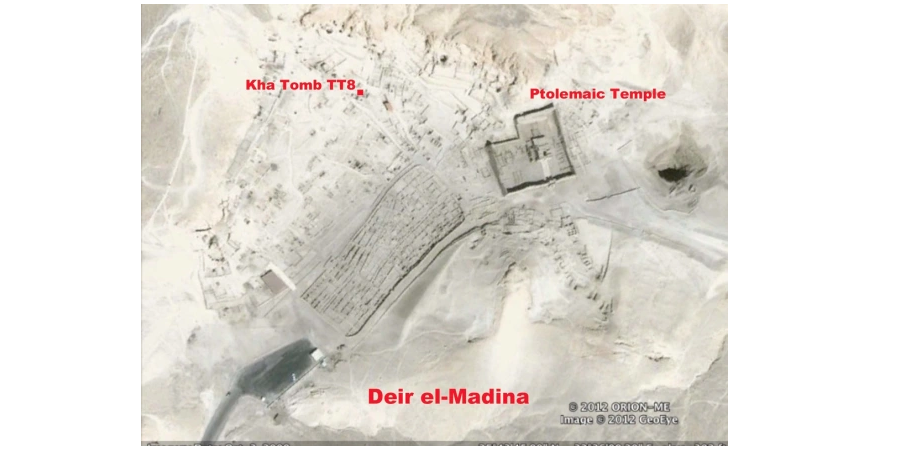
The results of the study of Egyptian tomb odors were published in the journal Archaeological Science. The research team's work demonstrates how odor archeology can improve our view of the past and perhaps enhance museum visits by turning them into an immersive experience.
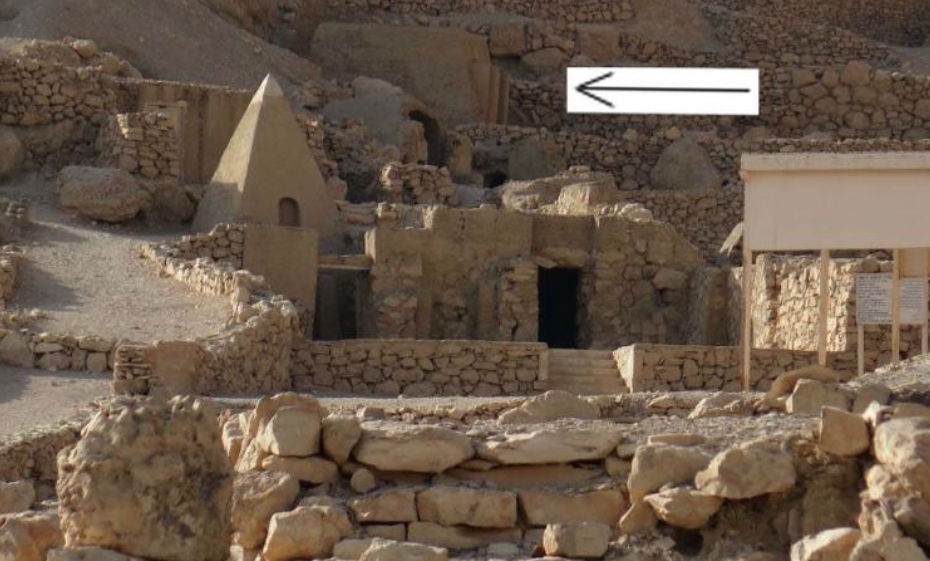
The tomb of Kha and Merit was discovered in 1906 in the Deir el-Medina cemetery near Luxor. It provides the most complete record of a non-royal burial in ancient Egypt. It is a rich source of information about what were considered necessary accompaniments in death for high-ranking individuals.
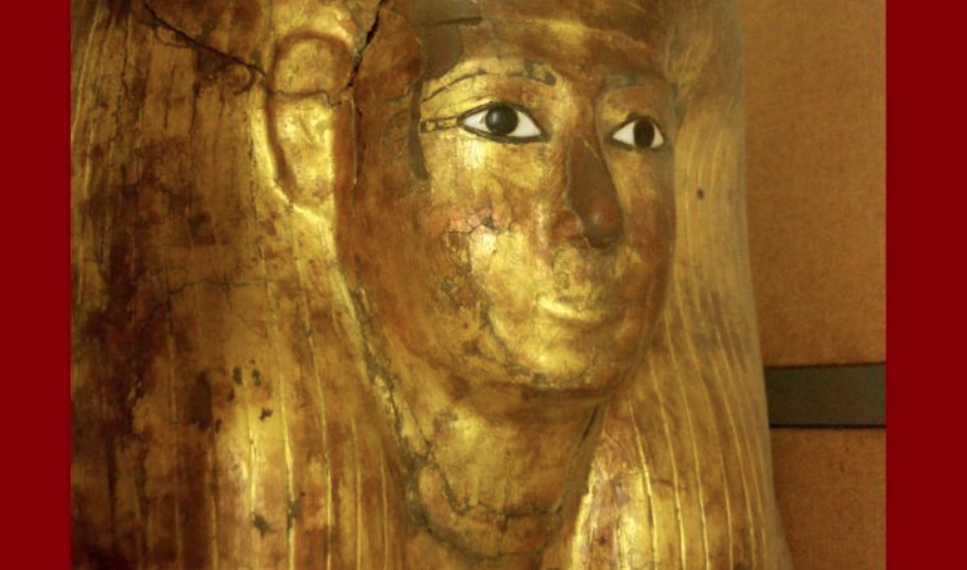
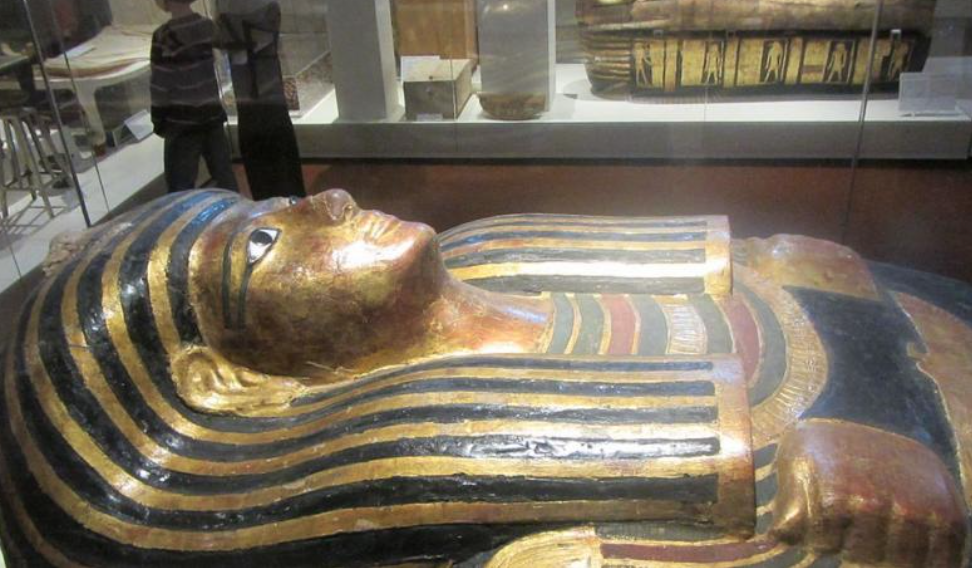
“It’s a wonderful collection,” said Ilaria Degano, an analytical chemist at the University of Pisa in Italy, who co-authored the study. “Among the things, there are examples of ancient Egyptian linen Kha underwear embroidered with his name.”
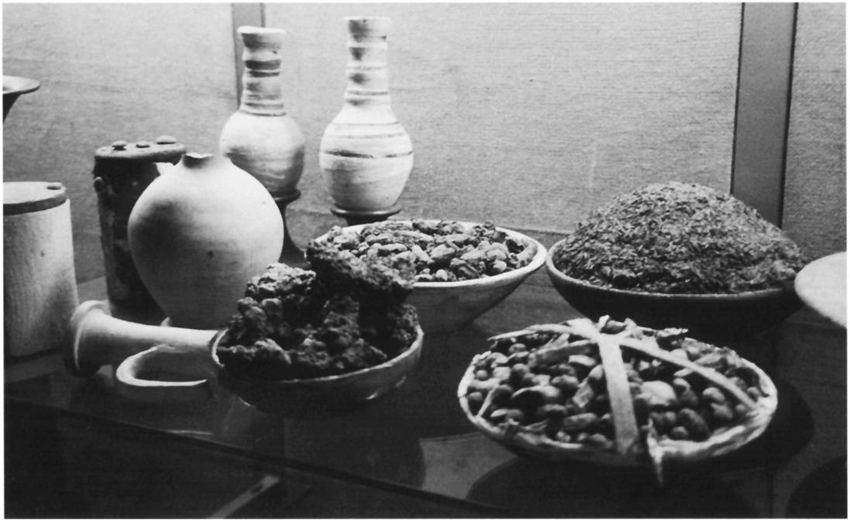
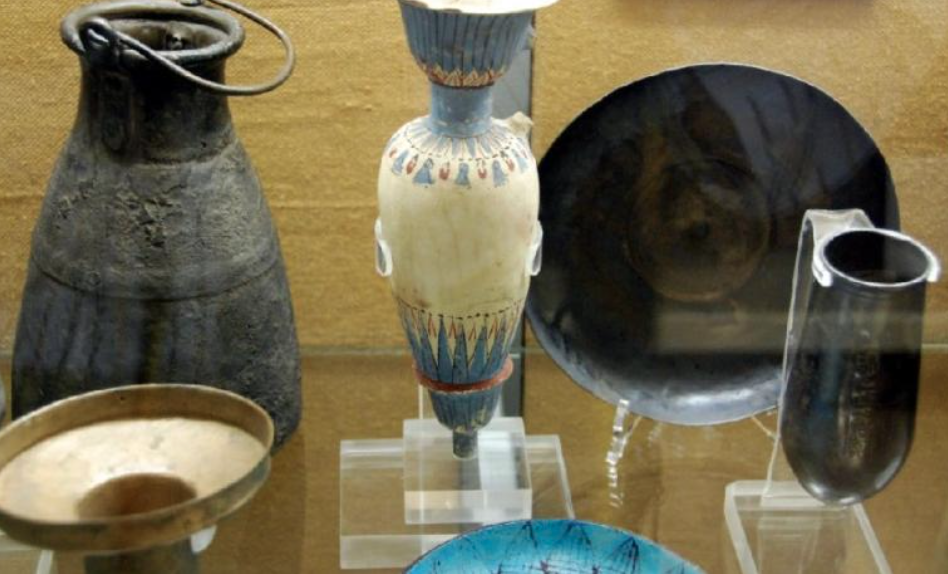
Surprisingly, the archaeologist Ernesto Schiaparelli, who discovered the tomb, did not conduct an extensive examination of most of the artifacts. He did not open the mummies or open sealed jars and glassware containing food and other displays of the deceased couple until after the contents of the tomb had been transferred to the Egyptian Museum in Turin.
This tomb gave modern scientists the opportunity to study a valuable assemblage of non-surgical procedures unknown to science.
Comments
Leave a Comment